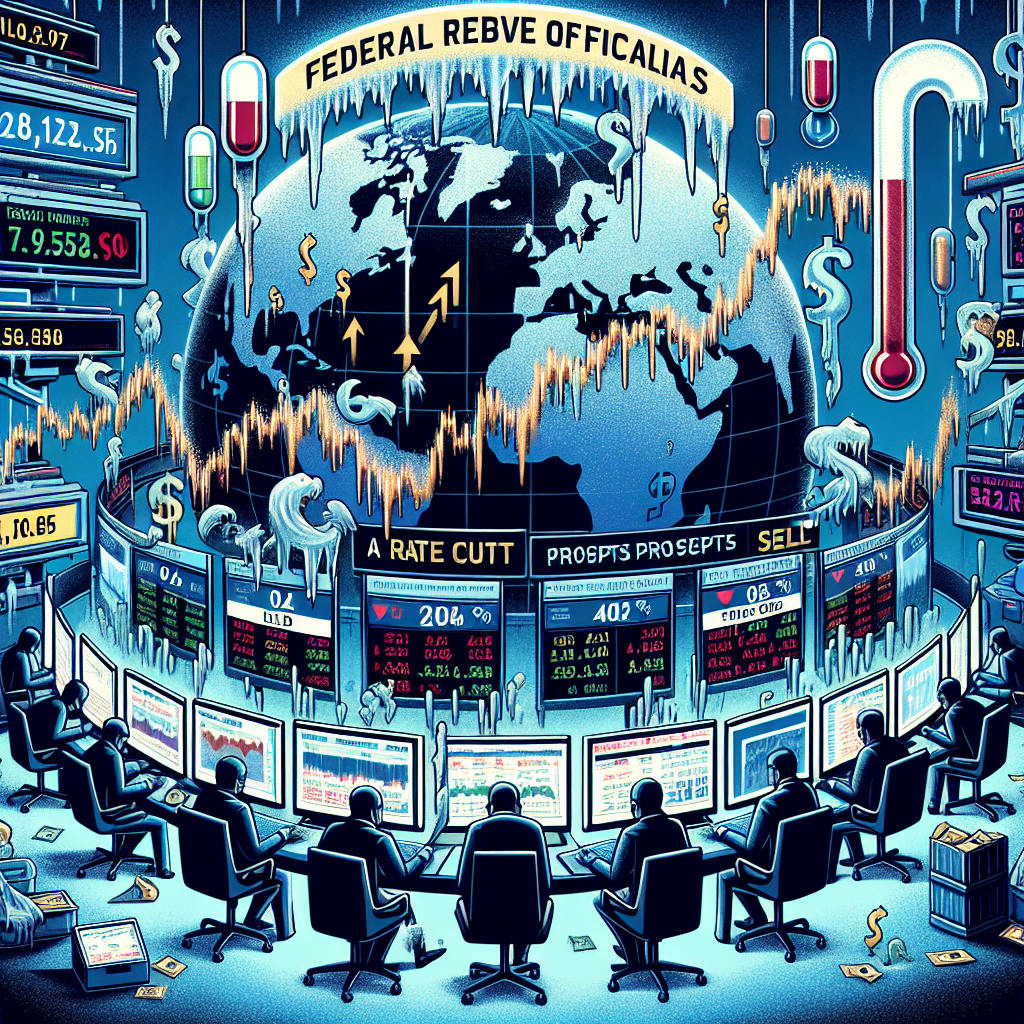Federal Reserve officials have been releasing hawkish signals one after another, cooling down the prospects of a rate cut in December. This has led to a selling spree in global markets on Friday (November 14th). Major stock markets in Asia weakened across the board, with tech stocks leading the decline. The possible permanent absence of October’s unemployment rate data in the U.S. has further deepened market uncertainty.
The previous night saw all three major U.S. indices closing lower, with the tech-heavy Nasdaq index plunging 2.29%, marking its worst single-day performance since October 10th. Following suit, major markets in the Asia-Pacific region witnessed significant declines. The Nikkei 225 index in Japan tumbled by 1.85%, Korea’s Kospi index plummeted by 2.29%, Australia’s S&P/ASX200 index also dropped by 1.58%, and Taiwan’s Weighted Index fell by 1.42%.
The sell-off mainly focused on tech stocks, notably those related to artificial intelligence (AI). Analysts point out that the market is engulfed by “AI bubble fears,” leading investors to question the valuation of tech stocks.
“A significant part of the market seems to be spooked by fears of an AI bubble,” said Vishnu Varathan, Head of Macroeconomics Research for Asia at Mizuho Bank. “A more likely observant rather than hasty Federal Reserve, is far less conducive for tech stocks; which are typically more sensitive to loose Fed policies.”
On Wall Street, Nvidia fell by 3.58% on Thursday, along with other AI giants experiencing stock price declines due to valuation concerns.
In the Asian markets, the selling pressure on tech stocks persisted. SoftBank in Japan saw its stock price plummet by as much as 8% in early trading, marking the third consecutive day of decline after announcing the sale of all its Nvidia shares on Tuesday.
Samsung Electronics, a key weight in Korea’s Kospi index, dropped by over 3%, while SK Hynix, which supplies memory chips to Nvidia, fell by 5%.
Market panic was palpable, with Chris Weston, Head of Research at Pepperstone, stating that due to the broad-based asset declines, “there is hardly any place to hide across all investable markets.”
“As the U.S. government resumes operations, traders are now awaiting the schedule for key economic data releases from the Bureau of Labor Statistics (BLS) ・・・ So far, the market has primarily positioned based on secondary economic data, needing to contrast with core data that truly drives Fed decisions.”
Some investors have begun reallocating funds towards more resilient defensive sectors.
The core factor triggering market panic is the cautious stance of Federal Reserve officials, leading to a significant shift in expectations for a rate cut in December. According to the CME FedWatch tool, the probability of a 25 basis points rate cut next month has rapidly dropped from 62.9% to 50.7%.
On Thursday, several Federal Reserve officials voiced their opinions, suggesting limited room for further easing measures.
St. Louis Fed President Alberto Musalem warned that further easing might overly stimulate the economy. Cleveland Fed President Beth Hammack suggested that the rate policy should remain slightly restrictive to continue curbing inflation.
Minneapolis Fed President Neel Kashkari revealed his opposition to the last rate cut and has not yet decided on the December meeting.
Previously, Boston Fed President Susan Collins also indicated that in highly uncertain circumstances, the policy rate may need to be maintained at the current level for “some time.”
In addition to concerns about delaying rate cuts, the issue of data omissions resulting from the U.S. government shutdown has added uncertainty to the market. White House economic adviser Kevin Hassett told Fox News on Thursday that due to the inability to conduct household surveys, the unemployment rate data for October will be skipped.
The previous day, White House spokesperson Karoline Leavitt also warned that the October Consumer Price Index (CPI) and nonfarm payroll reports may “never be released.”
Market fears that the absence of key data could further support the Fed officials’ stance of “standing pat,” thereby delaying rate cuts.
In the bond market, the reduction in expectations for rate cuts led to a decline in U.S. Treasury bonds, causing yields to rise. The two-year bond yield held steady at 3.597%, while the 10-year yield increased by 1 basis point to 4.125%.
Although yields rose, the U.S. dollar did not perform strongly against major currencies, weakening against currencies like the Japanese yen and Swiss franc. The pound also fell by 0.3% as the UK Chancellor abandoned plans to raise income taxes.
In commodity markets, West Texas Intermediate crude oil rose by 1.1%, reaching $59.31 per barrel. Spot gold also rose by 0.4%, hitting $1,188.73 per ounce.

